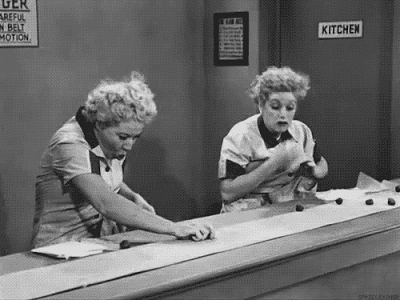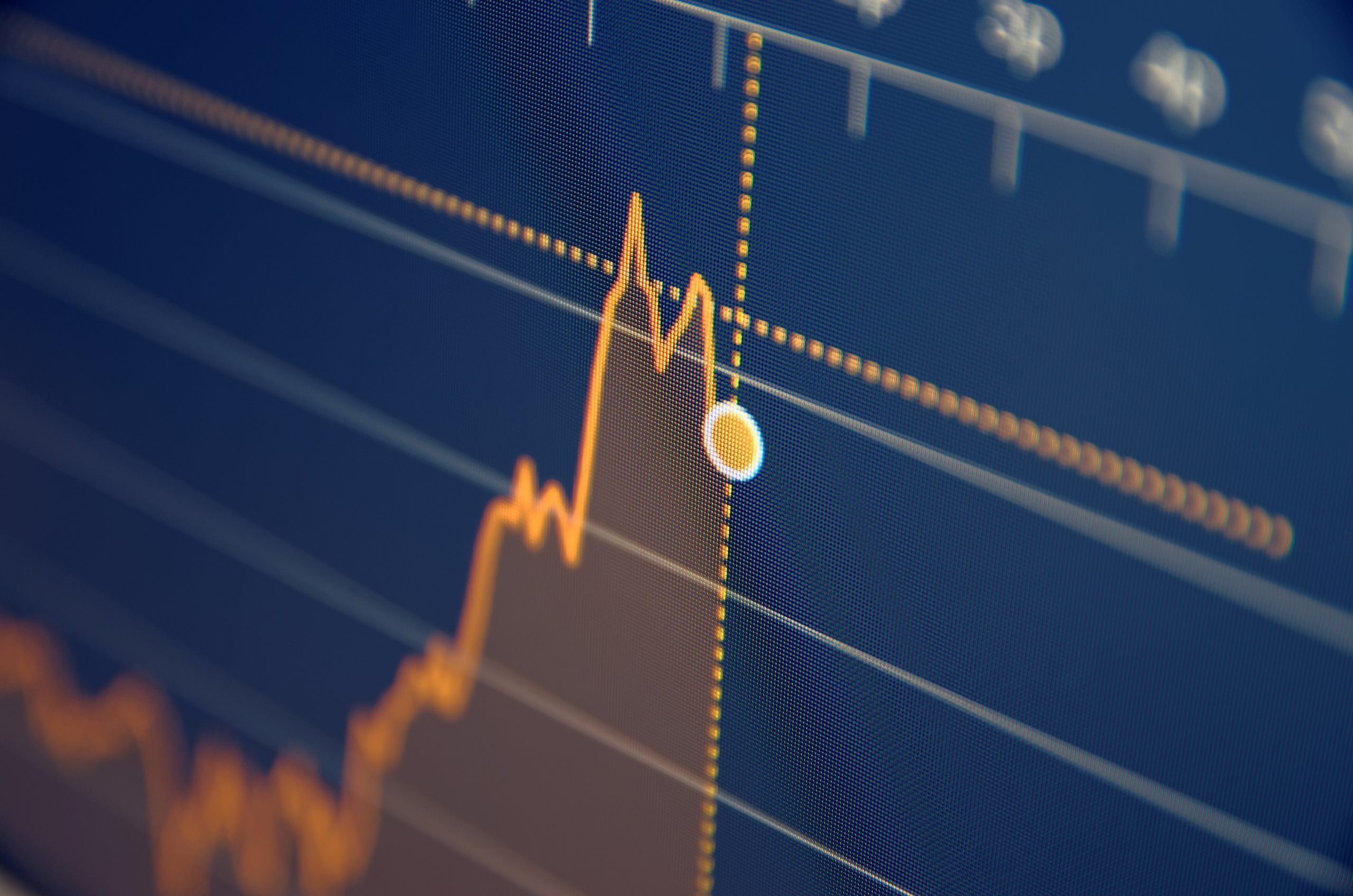by Liz Ann Sonders, Chief Investment Strategist, Kevin Gordon, Charles Schwab & Company Ltd.
Historically, staying invested has been, in our view, an effective strategy and one to consider when it comes to election years and beyond.
It is what it is

Source: Charles Schwab, Bloomberg, as of 6/30/2024. PCE represents personal consumption expenditures.
Next, we can look at the unemployment rate, which on average started lower under Republican presidents than under Democrats. However, on average, the unemployment rate rose under Republicans and fell under Democrats. More specifically, the unemployment rate did not rise under any Democratic president during the post-WWII period, while it rose under all but one Republican president.

Source: Charles Schwab, Bloomberg, as of 8/31/2024. Data for Truman begins in 1948.
That said, here's the data. As shown via the summary rows at the bottom, stocks have performed better in all four cycle years under Democratic presidents. Regardless of the party in the White House, the pre-election year has historically been most rewarding for investors, with the strongest average returns and the highest percentage of positive outcomes. So far in this cycle, the market has been somewhat on point with a week 2022 (the mid-term year), a strong 2023 (the pre-election year), but somewhat out of character this year given the market's strong performance so far.

Source: Charles Schwab, Bloomberg, as of 12/31/2023.
Indexes are unmanaged, do not incur management fees, costs and expenses and cannot be invested in directly. Past performance is no guarantee of future results.

Source: Charles Schwab, ©Copyright 2024 Ned Davis Research, Inc.
Further distribution prohibited without prior permission. All Rights Reserved. See NDR Disclaimer at www.ndr.com/copyright.html. For data vendor disclaimers refer to www.ndr.com/vendorinfo/. Indexes are unmanaged, do not incur management fees, costs and expenses and cannot be invested in directly. Past performance is no guarantee of future results.
Sectors say: "It's the economy"
The quilt chart below shows sector performance in every election year going back to 1992 (GICS sector data does not go back further). There are a handful of takeaways from this. Primarily, there is no consistency when it comes to leadership. Yes, Tech holds the status of being the best performer for three election years (2024 is not complete yet, of course), but it also experienced dramatic declines in 2000 and 2008–bringing its average performance to 3.6% across all election years, putting it in seventh place.
Perhaps equally as fascinating is the fact that traditional defensive sectors have experienced better performance (on average) relative to the dominant growth trio (Tech, Communication Services, and Consumer Discretionary), which has been a major force in the post-pandemic era. That doesn't necessarily mean election years are de facto risk-off. Consider the fact that the best years for Consumer Staples and Utilities were 2008 and 2000, respectively; the former was marked by the bursting of the housing bubble while the latter the bursting of the tech and telecom bubble.
No rhyme for sectors and elections

Source: Charles Schwab, Bloomberg, *as of 9/27/2024.
**Averages shown are simple averages for election years only and do not include 2024 due to the year not being over. Sector performance is represented by price returns of the following 11 GICS sector indices: Consumer Discretionary Sector, Consumer Staples Sector, Energy Sector, Financials Sector, Health Care Sector, Industrials Sector, Information Technology Sector, Materials Sector, Real Estate Sector, Communication Services Sector, and Utilities Sector. Returns of the broad market are represented by the S&P 500. As of 9/28/2018, GICS broadened the Telecommunications sector and renamed it Communications Services. This reclassified some companies from the Consumer Discretionary sector to the new Communications Services sector. Past data has been updated to reflect the changes. Although the Real Estate Sector was launched in September 2016, Standard & Poor's and Bloomberg provide historical data starting from October 2001. Indexes are unmanaged, do not incur management fees, costs and expenses and cannot be invested in directly. Past performance is no guarantee of future results.
A "political" vs. "partisan" Fed
Yes, from a structural standpoint, the Fed is technically a political body. It is the U.S. Congress that establishes the Fed's mandates; the president of the United States nominates the Board of Governors, including the chair and the vice chair. Given the president and members of Congress are elected by U.S. citizens, there is an inherent political aspect to the Fed's structure.
That does not mean the Fed is partisan, though, especially when it comes to setting monetary policy. Presidential elections don't play a role in monetary policy decisions; in fact, it was often the case throughout history that the Fed adjusted policy in presidential election years. Shown in the chart below—created by our colleague Cooper Howard—is the fact that since 1976, there has been only one election year in which the Fed did not adjust policy at all: 2012. Both were consistent with the low-inflation, post-Global Financial Crisis era in which the Fed was trying to keep rates lower for longer in hopes of getting inflation back up. How times have changed.
Elections don't influence Fed moves

Source: Charles Schwab, Bloomberg, as of 9/27/2024.
Blue shaded areas represent Democratic president. Red shaded areas represent Republican president.
That should put to bed the notion that the Fed's most recent rate cut, as well as the prospect that more cuts are coming this year, was partisan in nature. For all the criticism Fed members have received over the past couple years, it's difficult to say they have been lacking in telegraphing their moves well in advance. In our view, thinking that monetary policy is driven by elections and partisanship won't serve investors well, not least because it is empirically false.
The ultimate exclamation point
Time IN the market

Source: Schwab Center for Financial Research with data provided by Morningstar, Inc.
The above chart shows what a hypothetical portfolio value would be if an investor invested $10,000 in a portfolio that tracks the Ibbotson U.S. Large Stock Index on 1/1/1948 under three different scenarios. The first two scenarios are what would occur if an investor only invested when one particular party was president. The third scenario is what would occur if an investor had stayed invested throughout the entire period. Returns include reinvestment of dividends and interest. The example is hypothetical and provided for illustrative purposes only. It is not intended to represent a specific investment product. Indexes are unmanaged, do not incur management fees, costs and expenses and cannot be invested in directly. Past performance is no guarantee of future results.












